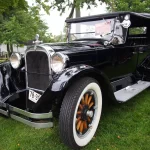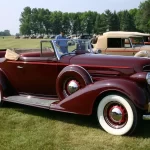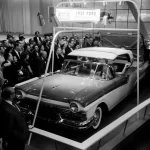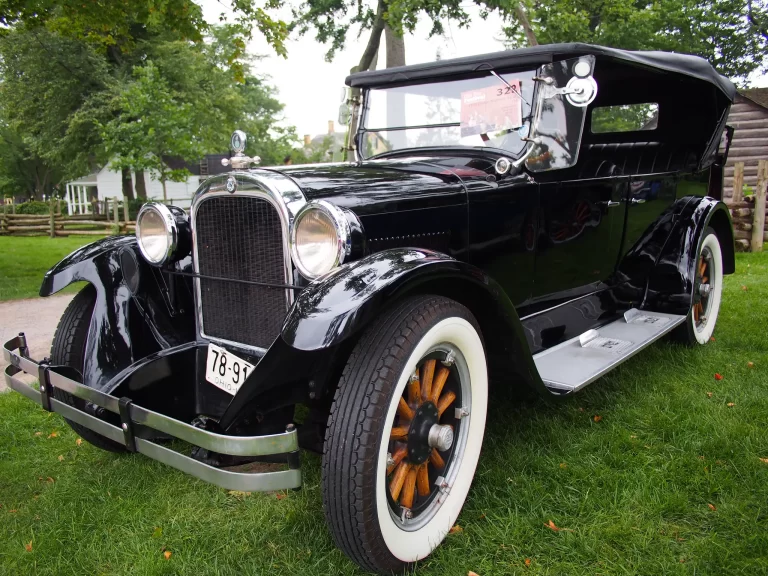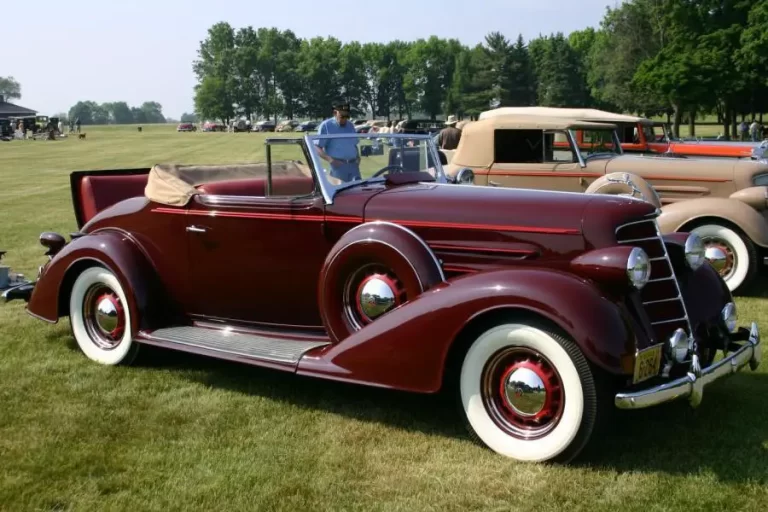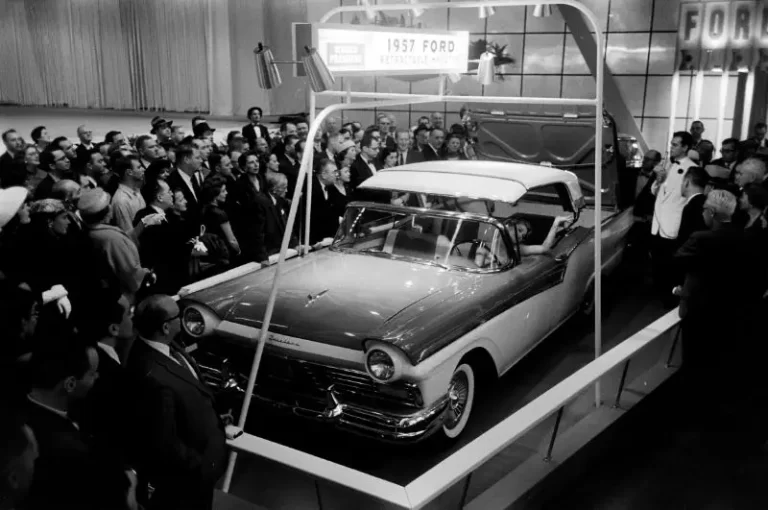
The Waterman Arrowbile emerged from the innovative mind of Waldo Waterman, who had previously experimented with flying wing designs. His first venture into this realm was the unofficially named Waterman Whatsit, which took flight in 1932. This aircraft featured a low swept-wing monoplane configuration with fins near the wingtips, utilizing a pusher engine design.
In 1935, Waterman participated in the Vidal Safety Airplane competition, showcasing the Arrowplane, also known as the W-4. This aircraft retained the general layout of the Whatsit but introduced a strut-braced high wing and a narrow fuselage pod. Powered by a Menasco B-4 Pirate pusher engine, it demonstrated promising performance, leading Waterman to establish the Waterman Arrowplane Co. for its production.
The Arrowbile, destined to become the first flying car and designated as the W-5, was essentially a roadable version of the Arrowplane. Retaining the structural and aerodynamic features of its predecessor, the Arrowbile incorporated modifications to make it suitable for both air and road travel. Notably, it featured detachable wings and a propeller for road use, and its engine was replaced with a water-cooled Studebaker unit for compatibility with car standards.
First flight of the Arrowbile
On February 21, 1937, the Arrowbile took its maiden flight, marking a significant milestone in aviation history. Despite initial interest from Studebaker, who ordered five units, the Arrowbile failed to garner widespread market appeal. Consequently, production ceased in 1938 after only a handful of units were completed.
Waterman continued to experiment with the Arrowbile concept, leading to further modifications and variants. One notable example was the conversion of the fourth Arrowbile into a conventional aircraft, equipped with a Franklin engine and later upgraded with slotted flaps and a cantilever wing.
The final iteration of the Arrowbile, designated as the Aerobile, debuted in May 1957. Featuring a three-seat configuration and powered by a Tucker-Franklin engine, this version represented the culmination of Waterman’s vision. However, despite its advancements, the Aerobile did not achieve widespread recognition or adoption. All in all, only five were ever produced.
Arrowbile Specs:
General characteristics
- Capacity: Two
- Length: 19 ft 4 in (5.89 m)
- Wingspan: 38 ft 0 in (11.58 m)
- Empty weight: 1,941 lb (880 kg)
- Gross weight: 2,500 lb (1,134 kg)
- Fuel capacity: 25 US gal (21 Imp gal; 95 L)
- Powerplant: 1 × Studebaker-Waterman 6-cylinder inline, water-cooled, 100 hp (75 kW)
Performance
- Maximum speed: 120 mph (190 km/h, 100 kn)
- Cruise speed: 102 mph (164 km/h, 89 kn)
- Range: 350 mi (560 km, 300 nmi)
- Rate of climb: 600 ft/min (3.0 m/s)
- Landing speed: 45 mph (72 km/h; 39 kn)
- Maximum road speed: approximately 70 mph (113 km/h)
In operational history, the Arrowbile demonstrated its capabilities by flying from Santa Monica to the National Air Races venue in Cleveland in September 1937, covering a distance of over 2,000 miles. Although one aircraft encountered issues en route, the others successfully completed the journey and performed demonstration flights at the event.



